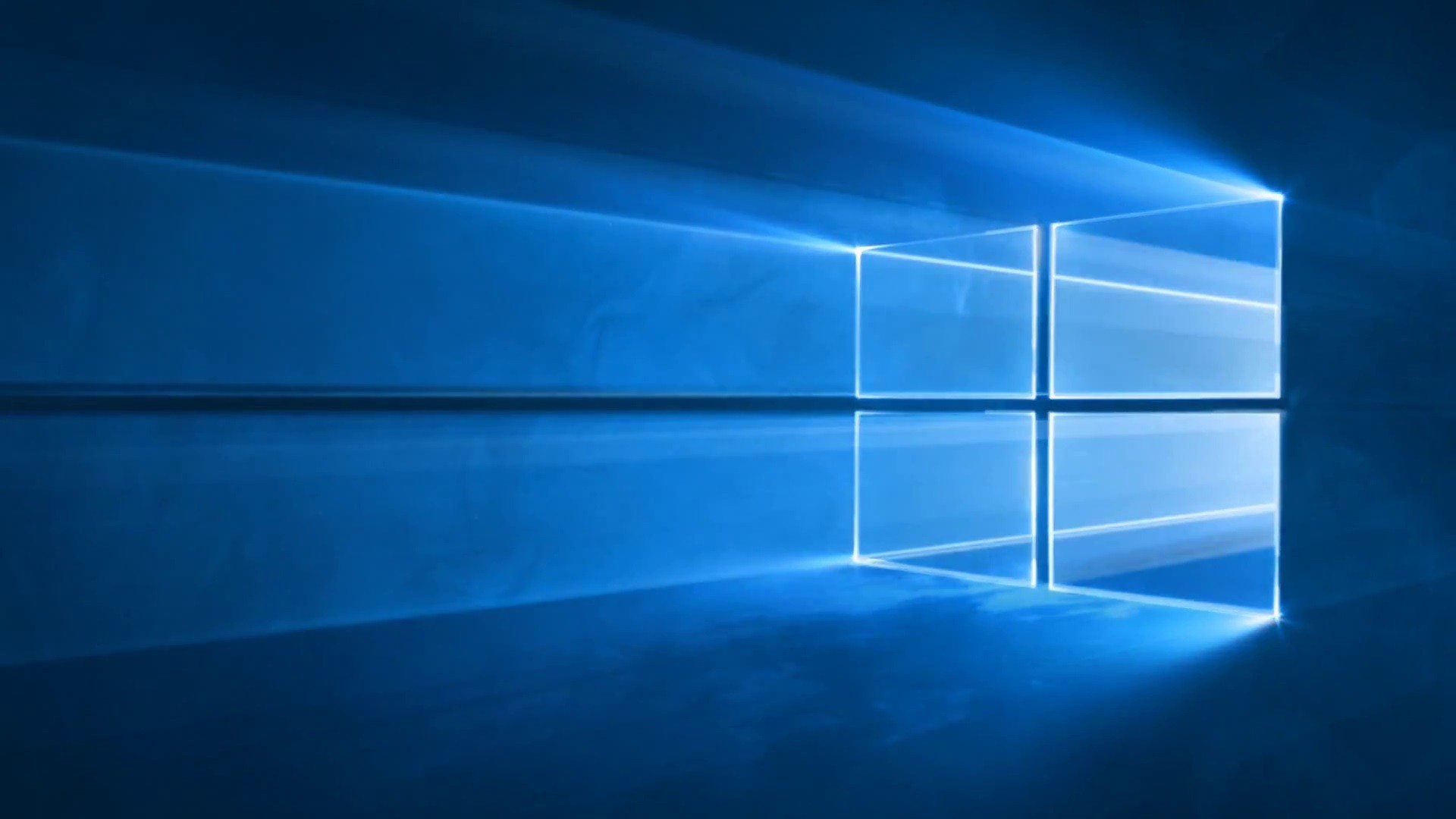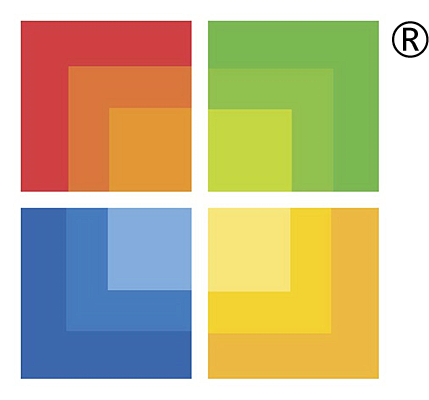Microsoft Limits Support For Upcoming Processors To Windows 10
Microsoft announced that starting with Windows 10, it will provide software support for the latest processors only on the latest Windows platform. This will further push users to upgrade their OS in order to use the newest generation of processor technologies.
Throughout the last years, when a new processor is released, Microsoft has released software support for it in every supported version of Windows on the market. These updates at times are extremely important to maintaining the smooth operations of the system with new hardware, such as the update that was released alongside the Pentium 4 Prescott processors to view Hyper-Threaded cores differently than full fledged CPU cores. A more recent example is the update for AMD’s Bulldozer CPUs that marked half of the cores in a similar way as Hyper-Threaded cores, so that Windows more evenly distribute tasks among the available MCMs.
“Going forward, as new silicon generations are introduced, they will require the latest Windows platform at that time for support. This enables us to focus on deep integration between Windows and the silicon, while maintaining maximum reliability and compatibility with previous generations of platform and silicon. For example, Windows 10 will be the only supported Windows platform on Intel’s upcoming ‘Kaby Lake’ silicon, Qualcomm’s upcoming ‘8996’ silicon, and AMD’s upcoming ‘Bristol Ridge’ silicon,” said Terry Myerson, Executive Vice President at Microsoft, in a blog post.
SImilarly, Windows 7, 8, 8.1 and Windows 10 all received updates related to Intel’s new Skylake processors, but when Skylake’s successor, Kaby Lake, and AMD’s Bristol Ridge processors are released, Microsoft will update only Windows 10 to support them. If you are still using an older Windows OS, you might be able to use these processors, too, but you may encounter instability, increased power draw, and lower performance relative to Windows 10.
Even with updates to extend Skylake Support to Windows 7, Microsoft claimed that negative side effects of using an older OS over Windows 10 are already quite tangible.
According to Myerson, “Compared to Windows 7 PC’s, Skylake when combined with Windows 10, enables up to 30x better graphics and 3x the battery life – with the unmatched security of Credential Guard utilizing silicon supported virtualization.“
This also extends to SoCs from companies such as Qualcomm and Samsung that are placed into Windows-based devices. Microsoft said that users on older OSes that currently have Skylake support should plan to move to Windows 10 in the near future as well, as Microsoft will stop supplying updates related to Skylake to these operating systems on July 17, 2017.
Get Tom's Hardware's best news and in-depth reviews, straight to your inbox.
It is interesting to see that Microsoft opted to make this change of policy starting with Windows 10. Although there may be some tangible benefits to upgrading to Windows 10, Microsoft appears to want everyone to move to Windows 10 so badly that it is giving the OS away. We previously commented on the amount of data Windows 10 gathers from its users for the purpose of advertising, and it seems that this move by Microsoft is just another way of pushing users on to Windows 10.
If you want to get the full performance out of your Skylake, Kaby Lake, or AMD Zen system, it looks like you will need to make the move to Windows 10.
Follow Michael Justin Allen Sexton @EmperorSunLao. Follow us on Facebook, Google+, RSS, Twitter and YouTube.
-
mattblum MS is just pushing more people to Linux. I upgraded to Win 10 on both my home desktop and my work laptop. I am thoroughly unimpressed. Does it work? Yes it does. Is it more stable then Win 7, which was my previous platform? No it is not. Do I like feeling that I am paying to be forced into a walled garden? No I do not. I will build a new gaming box this year if all goes well. Will have Win 10 with ever possible call home setting turned off. For serious work, I rely on Linux these days. Not dealing with MS strong arm tactics when I don't have to. When the games I play work as well on Linux as they do on Windows, I'll be outta there.Reply -
erendofe sounds like fear mongering. unless there are radical architectural features and/or layout changes, this isn't a real big deal. windows has a generic cpu and bus driver anywayReply -
Purewitz Reply17334048 said:MS is just pushing more people to Linux. I upgraded to Win 10 on both my home desktop and my work laptop. I am thoroughly unimpressed. Does it work? Yes it does. Is it more stable then Win 7, which was my previous platform? No it is not. Do I like feeling that I am paying to be forced into a walled garden? No I do not. I will build a new gaming box this year if all goes well. Will have Win 10 with ever possible call home setting turned off. For serious work, I rely on Linux these days. Not dealing with MS strong arm tactics when I don't have to. When the games I play work as well on Linux as they do on Windows, I'll be outta there.
I would move to Linux (Ubuntu or Steam OS) as well, as it stands right now Windows still has the largest PC gaming library. The primary function of my PC is gaming, so I stick with Windows. So if that ever changes to Linux, I would gladly leave Windows. Linux has Steam now, but they still don't have Origins and Uplay. Linux doesn't even have a lot of DRM-Free games yet either. Plus even though Linux has Steam the Linux compatible library of games is still very small. So until Steam has ever game that Windows has, I'm going to have to still with Windows. My reason is gaming, but I'd imagine with other people there are other reasons. Like maybe MS Office is might be better for their business than one of the Linux office productivity suites, such as OpenOffice. In the end my whole point is Linux isn't for everyone yet. It has been slowing getting there in the past 20 years, but its still not there yet to hurt Windows or Mac OS for that matter. -
JackNaylorPE MS great idea was to adopt the Google financial model whereby you give everything away for free and make your money by selling user information. And it might have worked. The problem is that it is the increasingly strong arm tactics that is the source of users aversion to Windows 10. They could solve their problem by removing most users objections:Reply
1. Ya wanna use my computer to d/l updates to other users, fine. Let me control the access. Some users might not object to this usage at any level, some might not care at all and yet others might allow it at times when they system is idle. Options might be:
a) No, I do not want my PC used as a download server.
b) Yes, I'm fine with my PC used as a download server.
c) Yes, I'm fine with my PC used as a download server but only between the hours of ___ and ___
2. For Windows Update, allow me to control if and when upgrades are installed. Options would be:
For Security Fixes
a) Let Windows Update install whatever it wants.
b) Advise me when Windows Updates are available and if I do not actively deselect (hide) one or more updates within ___ days, download and install them.
c) Advise me when Windows Updates are available and let me install them or not install them whenever I damn well please.
For or OS Upgrades / Additional "Features", change last option to:
c) Advise me when Upgrades / Additional Features are available and let me choose whether or not to install them.
For Hardware Drivers, change last option to
c) Advise me when new Hardware drivers are available and include a link to the manufacturers web site.
3. Put all the privacy related / tracking items on a single window and leave all off by default. Provide additional Windows features whereby users are able to opt in to these feature by turning on these items. For example, those who opt in to one set of tracking / telemetry might get say half a dozen Windows Games, like Solitaire. Add in another set of tracking / features and get something else. Opt in to all and you get in the Windows Club and get a discount on MS sponsored PC / XBox games.
-
Alec Mowat Using the latest operating system with the latest processor?Reply
Why on earth would I want to maximize performance?
People have weird attitudes toward MS. They do nothing wrong, yet everyone gets upset when they can't hang onto their old operating system forever. They really expected a life time warranty on their XP. -
anOPINIONATEDsob The issues with windows 10 and your personal data are well documented. The connection to the governments assault on YOU is not debatable anymore either. Microsoft became a wholly owned subsidiary of the government and the principals got a severe tax incentive to remain silent. Now Microsoft has free rein or a government mandate to force you to purchase their latest and greatest spy wear or watch your business slowly deflate to irrelevance. I'll bet you cant name all the ways this will cost you and everyone you will ever know. Until Reagan this was illegal but not in republican corporate America.Reply -
SteelCity1981 all they want to do is stop supporting their older oses, that's what is it's all about.Reply -
Tanyac This is unbelievable! Well, no actually, we should expect no less from Microsoft.Reply
The problem is that Windows 10 offers nothing that I want, or for that matter nothing that my family, friends, acquaintances and relatives want. It looks terrible, and is no faster (yes, I've run windows 10 on a test machine for some time), and forces me to install garbage that doesn't work and offers no useful functionality
The stupidity of the situation is that Microsoft is having to force people to move to the new OS because so few "want" the OS. It's really a simple problem. If you give people what they want they will update in droves. People want a better looking, more secure, more privacy respecting OS that has real features that work, are stable, and allows them to at least feel as if they are in control of the PC they own, even if that is only an illusion.
This is like force feeding kids their veggies and not letting them leave the table until they've cleared their plate. All you do is build resistance and distrust. Dumb!
And I wonder how CPU manufacturers feel? Is this going to stifle the hardware upgrade market? At least long enough to make a serious dent in the bottom lines of several companies? I know I will only upgrade a few PCs here, before the next CPU release - and that is to get them onto Skylake so they are OK for the next few years. Then I can take my time researching alternatives to Windows. -
innocent bystander A nice, clear Linux upgrade path a few years from now when new CPU's are the only option for those who don't necessarily like Windows 10. Well done, Microsoft. Blowing their feet off with yet another buckshot.Reply


